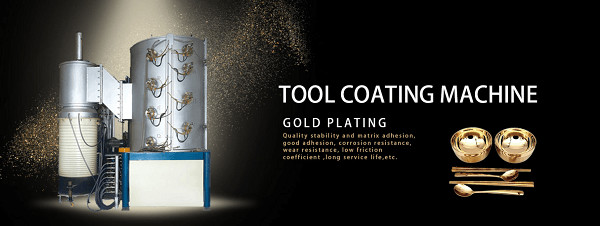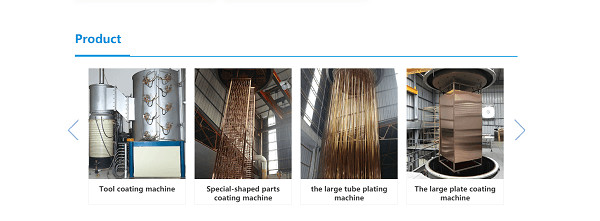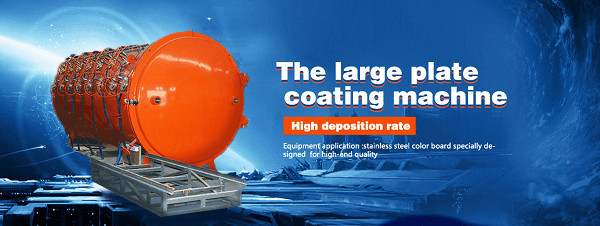Study on Storage Characteristics of Multilayer HfO2/Al2O3 Film-based Charge Trap Memory Devices
With the help of pulsed laser deposition and atomic layer deposition systems, using SiO2 as the tunneling oxide and Al2O3 as the blocking oxide, a multilayer HfO2/Al2O3 film-based charge trap storage device was fabricated. Experiments have found that when the electrode bias is ±12 V, the storage window reaches 7.1 V, and the charge storage density is about 2.5 × 1013cm-2. The interface between HfO2/Al2O3 plays a key role in the charge storage process, and more charge is stored on the interface traps. After a holding time of 3.6 × 104 s, the charge loss of the device was 5%, 12% and 23.5% at the test temperature of 25, 85 and 150℃, respectively. Linear extrapolation of experimental data shows that the charge loss after 10 years at 150°C is about 42%. The excellent retention performance of the device is mainly attributed to the larger conduction band compensation between the HfO2/Al2O3 film. It can be seen that the multilayer HfO2/Al2O3 film-based charge trap storage device is a very promising charge storage structure.
vacuum coating machine,pvd coating machine,pvd vacuum machine,vacuum ion coating machine,multi-arc ion coating machine
In recent years, in order to solve many problems encountered in the miniaturization of polysilicon floating gate memories, the development of new non-volatile charge memories has become a research focus in the microelectronics industry. At present, the SONOS (Polysilicon-Oxide-Nitride-Oxide-Silicon) structure is the most widely used charge storage structure (as shown in (a)). Among them, the top layer of SiO2 is mainly used to prevent the loss of electrons in Si3N4, which is called a barrier Oxide; Si3N4 is mainly used to trap and store electrons, which is called charge trap storage layer; the bottom SiO2 is a tunneling oxide, and this device structure has been used in memory cells above 65 nm. However, the defect state of Si3N4 has a complex trap energy level distribution. Part of the trapped charges are stored in the shallow level defect state. These shallow energy level bound charges will escape due to Poole-Frankel emission and other reasons, leading to storage The information has been tampered with, and the small conduction band compensation between Si3N4 and SiO2 is not conducive to the maintenance of stored charge.
In order to solve this problem, domestic and foreign researchers have proposed a series of improvement measures on the structure of the device. Kwong of the University of Texas in the United States found that the use of HfO2 as the tunneling layer has the characteristics of improving the fatigue resistance of the device. However, compared with the traditional SiO2 tunneling layer, the stability of the interface between the HfO2 and the Si substrate and the lower electric field strength in the tunneling layer have become problems that limit the development of the memory structure. You et al. of Kwangwoon University in South Korea found that HfO2 as a storage layer has greater conduction band compensation and charge trap density. However, the crystallization temperature of HfO2 is relatively low, and the crystallization will cause a large leakage current and serious impurity diffusion, thereby affecting the retention performance of the memory device.
Foreign researchers have proposed using multi-oxide high-dielectric constant (high-k) materials as storage layers to improve charge storage density and device storage characteristics. The above improvement measures have improved the storage performance of the charge storage device to a certain extent. However, there are still some key issues to be solved, for example, how to ensure that the device has good retention performance while increasing the trap density of the storage layer. In this paper, a multilayer HfO2/Al2O3 film is used as a storage layer, and a charge trap storage device is prepared by pulse laser and atomic layer deposition system, and the storage characteristics of the device are systematically analyzed.
vacuum coating machine,pvd coating machine,pvd vacuum machine,vacuum ion coating machine,multi-arc ion coating machine
1. Device preparation and test analysis
1.1. Preparation of ceramic target
The HfO2 and Al2O3 ceramic targets were prepared by solid-state sintering method (target specifications: thickness 5 mm × diameter 20 mm). First put the high-purity HfO2 and Al2O3 powders in a planetary ball mill (MSKSFM-1) for full grinding for 24 hours; then put the ground powders in an oven (EQ-DHG-9140) and dry them; then use manual compression The machine (YLJ-15T) presses the dried powder into a shape (applied pressure: 15MPa); finally the preformed sample is placed in a high temperature box furnace (KSL-1500X-S) and fired at 1400 ℃ for 8 h .
1.2. Preparation of charge storage device
vacuum coating machine,pvd coating machine,pvd vacuum machine,vacuum ion coating machine,multi-arc ion coating machine
First, the silicon substrate (p-Si) is subjected to standard chemical treatment to remove the impurities and oxide layer on the surface, and then a layer of 3 nm SiO2 film is oxidized on the surface of p-Si by thermal oxidation method as tunneling oxide (TO); pulse The laser deposition (PLD) system is the main method for preparing nano-films. Therefore, PLD is used to sequentially grow HfO2 and Al2O3 nano-films on TO as the storage layer (CTL). The thickness of HfO2 and Al2O3 are both 2 nm (the laser emission source uses KrF). Excimer ultraviolet pulse laser, the frequency range is 1 ~ 5 Hz, the laser intensity is 1.8 J/cm -2, the vacuum degree in the deposition chamber is 1 × 10-4Pa); then the atomic layer deposition (ALD) system is used A 10 nm Al2O3 film was deposited on the CTL as the barrier oxide (BO), and Al(CH3)3 and ozone were selected as the deposition source of metal aluminum and oxygen. Then, put the sample in a rapid annealing furnace (RTP300) to anneal for 30 s (furnace temperature: 900℃; annealing atmosphere: N2); finally, put the annealed sample in a magnetron sputtering chamber and grow on BO A layer of 200 nm thick metallic platinum (Pt) is used as the upper electrode, and the prepared charge trap storage structure is shown in (b).
Schematic diagram of charge trap storage structure
1.3. Microstructure characterization and electrical performance analysis of the device
During the experiment, a high-resolution transmission electron microscope (HRTEM) was used to observe the microstructure of the device, X-ray photoelectron spectroscopy (XPS) was used to analyze the energy band arrangement of the device, and the capacitance of the device was measured by the 4200 semiconductor parameter tester (Keithley 4200 SCS)- Voltage (CV) characteristics and retention performance.
vacuum coating machine,pvd coating machine,pvd vacuum machine,vacuum ion coating machine,multi-arc ion coating machine
3. Conclusion
With the help of PLD and ALD systems, a multilayer HfO2/Al2O3 film-based charge trap storage device was fabricated, and then the storage characteristics of the device were systematically studied. Experiments have found that when the electrode bias is ±12 V, the charge storage window reaches 7.1 V, and the charge storage density is 2.5× 1013cm-2. This is mainly due to the multilayer storage structure of the device, and more charge is stored on the interface traps between HfO2 and Al2O3.
By extrapolating the experimental data, under the test temperature of 25, 85 and 150℃, the charge loss of the device after 10 years is 18%, 22% and 42%, respectively. Using XPS to analyze the energy band arrangement of the device, it is known that the larger CBO in the multilayer HfO2/Al2O3 film-based charge storage device is the main reason for improving the retention performance of the device. Therefore, we believe that the multilayer HfO2/Al2O3 film-based charge storage device is a promising charge trap storage structure.
Founded in 2015,Zunhua Baorui Titanium Equipment Co.,Ltd. is a manufacturer specializing in pvd vacuum ion coating equipment. The company’s products mainly include large plate coating machine, large tube collating machine, tool coating machine and LOW-E glass production line. Mr.Wang baijiang ,general manager of the company ,has been engaged in vacuum coating industry for more than 30 years. He continuously improve production technology, improve product performance and devote himself to provide customers with better product experience and higher production efficiency.





